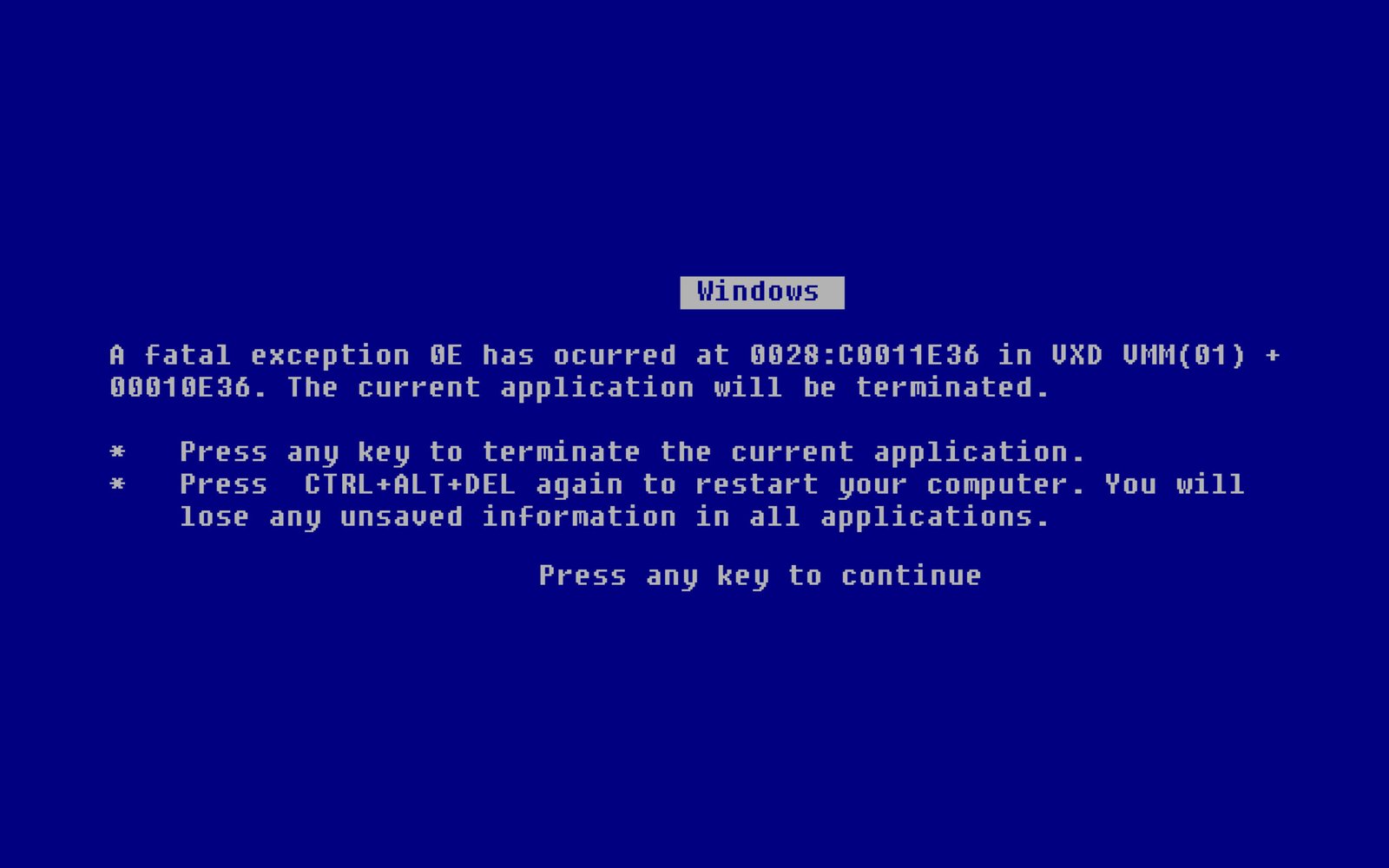Microsoft Bids Farewell to the Blue Screen of Death
After nearly 40 years, Microsoft is officially retiring the iconic Blue Screen of Death, replacing it with a sleek Black Screen of Death in the upcoming Windows 11 24H2 update. This change isn’t just cosmetic—it marks a significant evolution in how Windows handles critical system failures.
Why the Change Matters
The classic BSOD—recognizable by its cobalt blue background, frowning face, QR code, and cryptic error text—has been a staple since Windows 1.0. But on June 26, 2025, Microsoft confirmed the error screen is getting a full makeover. Displays will soon be pitch-black, with the removal of both the emoticon and QR code, and a more concise message that reads: “Your device ran into a problem and needs to restart.” More importantly, users will now see stop codes and driver names directly, removing the need for specialized debugging tools or crash dump navigation.
This isn’t just a UI refresh. It’s part of Microsoft’s broader Windows Resiliency Initiative, a strategic overhaul prompted by the massive July 2024 crash caused by a faulty CrowdStrike update that affected over 8 million machines globally.
A New Era of Crash Diagnostics
The updated screen will include a percentage-based progress bar during reboots, eliminating ambiguity about what the system is doing. More crucially, it surfaces the problematic driver right on the screen. For IT admins and advanced users, this significantly cuts down troubleshooting time.
According to Microsoft, the goal is clarity and speed: enabling users to understand and fix issues faster without digging through logs or using developer tools.
Quick Machine Recovery and Structural Reforms
The 24H2 update introduces Quick Machine Recovery, an automated tool that collects diagnostics, downloads necessary updates, and repairs the OS via the Windows Recovery Environment. This could potentially restore full functionality with no user input required. Microsoft claims restarts could be completed in as little as two seconds following a system crash.
Additionally, core antivirus and endpoint protection processes are being moved from kernel space to user space. This structural change reduces the chances of third-party software crashing the entire system.
Why Black Instead of Blue?
The switch to black isn’t purely aesthetic. It aligns with Windows 11’s darker theme during updates and creates a consistent visual experience. The choice of black also reduces the psychological shock often associated with a sudden crash and vivid blue screen. Retaining the BSOD acronym helps maintain continuity, even as the look and function evolve.
Black also allows Microsoft to create a more modern, minimal interface—one that feels less like an error and more like a controlled recovery process.
User Reactions and Cultural Shift
Initial reactions are mixed. Some users appreciate the sleeker, less alarming look and the removal of cryptic messaging. Others are nostalgic for the familiar blue and question the elimination of the QR code, which was often used to quickly identify issues via smartphones.
Regardless, there’s widespread agreement that the functional improvements—such as driver name visibility and faster restarts—are long overdue.
The Blue Screen of Death has been part of tech culture for decades. Its replacement marks a shift not just in design but in how Microsoft wants users to perceive and interact with system errors: less panic, more empowerment.
What It Means for Users
- Simplified error messages make crashes less intimidating.
- Driver visibility and stop codes improve transparency.
- Quick Machine Recovery reduces downtime and user frustration.
- Kernel-space redesigns make the system more stable and resistant to third-party crashes.
For most users, the biggest benefit may be that they see the screen less frequently—thanks to structural improvements aimed at minimizing system-wide failures.
Final Take
Microsoft’s transition from the Blue Screen of Death to the Black Screen of Death is more than a color change. It signals a new direction in system reliability, user experience, and transparent error handling. With Windows 11 24H2 arriving this summer, users can expect smarter crash management, faster recoveries, and a streamlined look that reflects the future of the Windows platform.
The iconic blue screen may be gone, but its legacy lives on—now dressed in black, leaner, and ready to rebuild trust in Windows’ resilience.
Follow us for latest updates:




